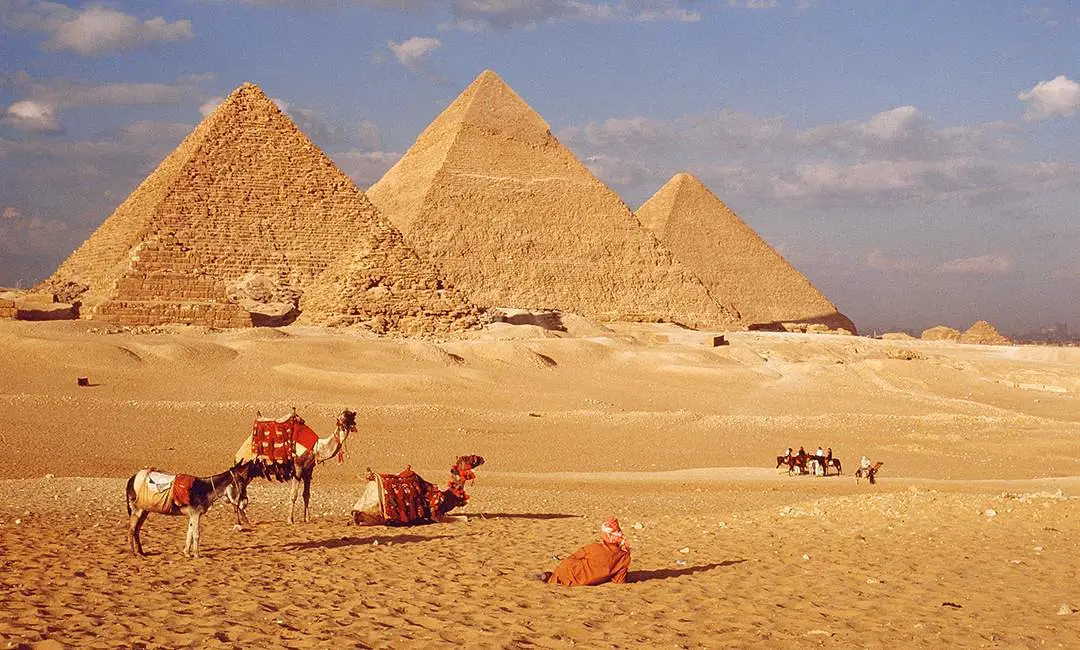Cairo, the sprawling capital city of Egypt, is a fascinating tourist destination that combines a rich historical legacy with a vibrant urban atmosphere. Nestled on the banks of the iconic Nile River, Cairo boasts a wealth of ancient wonders, cultural treasures, and a bustling cityscape that captivates visitors from around the world.
As one of the oldest cities in the world, Cairo is a treasure trove of historical marvels. The Great Pyramids of Giza, including the majestic Sphinx, stand as enduring symbols of Egypt’s ancient civilization. These colossal structures, built thousands of years ago, continue to inspire awe and wonder.
This article explores the best places to visit in Cairo.
Giza Pyramids and Sphinx
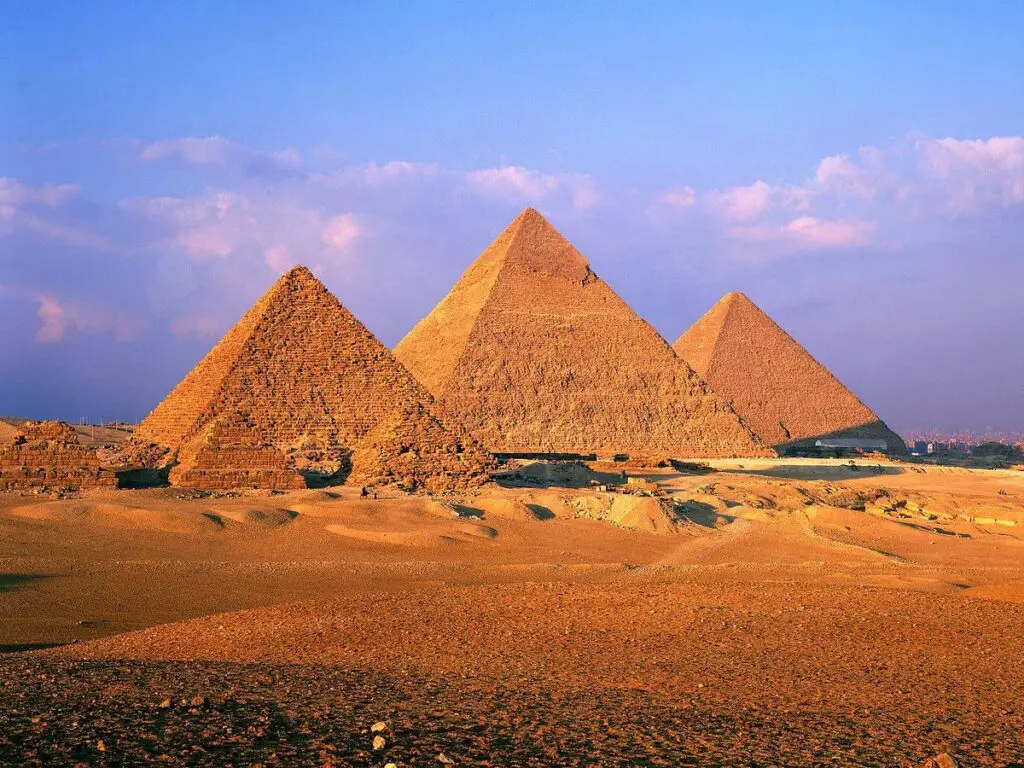
The largest and oldest of the Giza Pyramids, the Great Pyramid of Khufu is a marvel of ancient engineering. It was constructed around 4,500 years ago and stands at a height of approximately 138 meters (455 feet). It is estimated that millions of limestone blocks were used to build this pyramid, which was once the tallest man-made structure in the world.
The Pyramid of Khafre is the second-largest pyramid at Giza and is distinguished by its prominent limestone cap. It stands approximately 136 meters (446 feet) tall and is known for retaining some of its original casing stones at the top, giving it a distinctive appearance.
The smallest of the three main pyramids at Giza, the Pyramid of Menkaure stands approximately 65 meters (213 feet) tall. It is notable for its granite casing at the base, which still partially survives.
The Giza Pyramids were part of elaborate burial complexes constructed for the pharaohs of the Old Kingdom. Each pyramid had a mortuary temple where rituals were performed and a causeway leading to a valley temple, which served as the entrance to the complex. The pyramids were built as tombs for the pharaohs, containing chambers where they were believed to be buried along with their treasures and belongings for the afterlife.
Egyptian Museum
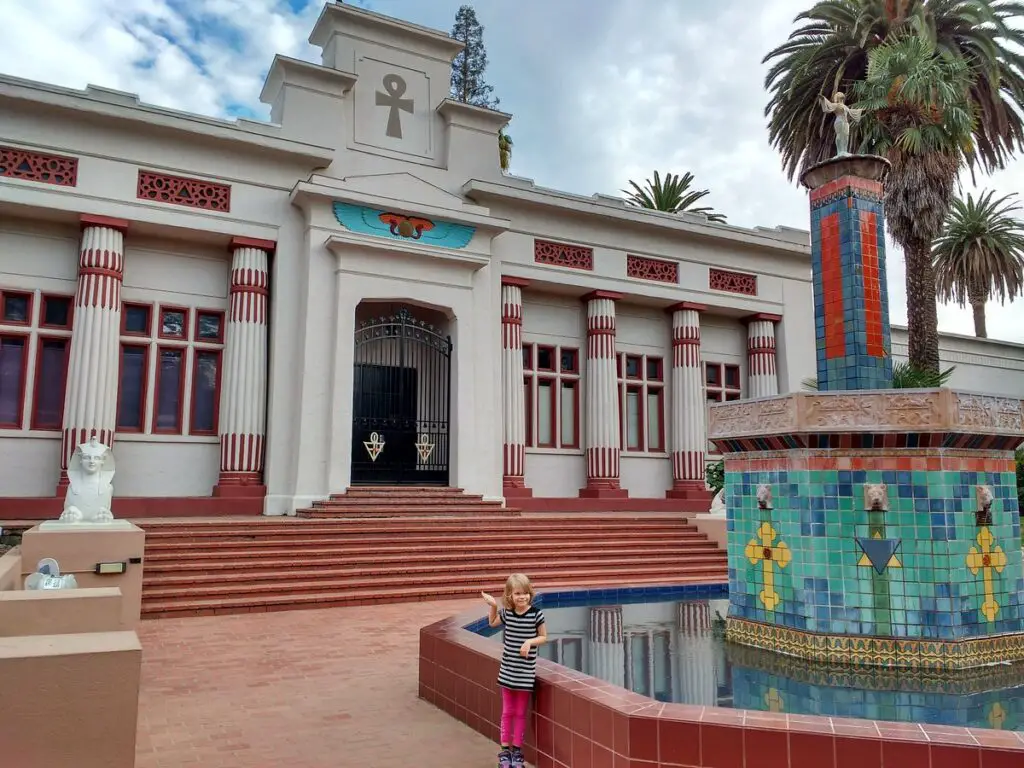
The Egyptian Museum houses a vast collection of over 120,000 artifacts that span over 5,000 years of ancient Egyptian history. The exhibits include a wide range of objects, such as statues, reliefs, sarcophagi, jewelry, papyrus scrolls, and mummies. The collection showcases the artistic and cultural achievements of the ancient Egyptians and provides insights into their religious beliefs, daily life, and funerary practices.
One of the most famous highlights of the Egyptian Museum is the collection of treasures from the tomb of Tutankhamun, the young pharaoh who ruled during the 14th century BCE. The collection includes his golden death mask, intricately crafted jewelry, chariots, furniture, and other personal belongings. These artifacts provide a glimpse into the opulence and wealth of ancient Egyptian royalty.
The museum is also home to the Royal Mummies Room, where several mummies of pharaohs and other nobles are on display. Visitors can see the preserved remains of prominent figures from ancient Egyptian history, such as Ramses II and Hatshepsut.
Islamic Cairo
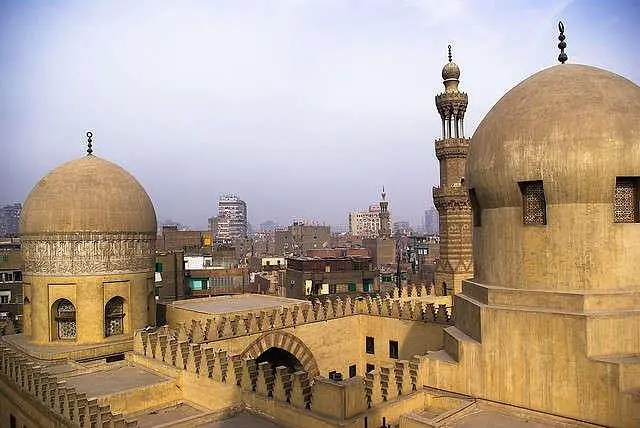
Islamic Cairo is renowned for its stunning mosques that exhibit intricate designs, exquisite tilework, and graceful minarets. Some of the prominent mosques include the Mosque of Ibn Tulun, one of the oldest and largest mosques in Cairo, and the Sultan Hassan Mosque, an impressive structure renowned for its towering minarets and beautiful interiors. The Al-Azhar Mosque, one of the world’s oldest universities, is also located in Islamic Cairo and is a significant center of Islamic learning.
Al-Muizz Street: Al-Muizz Street, also known as Al-Muizz li-Din Allah Street, is the main thoroughfare of Islamic Cairo. This vibrant street is lined with historic buildings, shops, and stalls, offering a glimpse into the bustling life of the district. It is a pedestrian-only zone and serves as a living museum, allowing visitors to walk through centuries of Islamic architecture and witness the evolution of the city.
Located in the heart of Islamic Cairo, Khan El Khalili is one of the oldest and most famous bazaars in the Middle East. It is a vibrant marketplace where visitors can experience the sights, sounds, and scents of Cairo’s bustling trade. The bazaar is filled with shops selling a variety of goods, including spices, textiles, jewelry, traditional crafts, and souvenirs. It’s an ideal place to immerse yourself in the vibrant atmosphere, interact with locals, and haggle for unique finds.
Coptic Cairo

Coptic Cairo is famous for its ancient churches, which are not only places of worship but also architectural and historical treasures. Some of the notable churches include the Hanging Church (Saint Virgin Mary’s Coptic Orthodox Church), which is one of the oldest churches in Egypt and is known for its suspended nave; the Church of St. Sergius and Bacchus, believed to be the location where the Holy Family stayed; and the Church of St. Barbara, known for its beautiful decorations and ancient artifacts. There are also several monasteries in the area, including the famous St. Simon the Tanner Monastery.
Located in Coptic Cairo, the Coptic Museum is dedicated to preserving and exhibiting the rich heritage of Coptic Christianity in Egypt. The museum houses a vast collection of Coptic artifacts, including manuscripts, textiles, icons, sculptures, and religious objects. It provides valuable insights into the history, art, and culture of the Coptic community.
While predominantly a Christian area, Coptic Cairo is also home to the Ben Ezra Synagogue, a significant Jewish religious site. The synagogue is believed to stand on the site where the baby Moses was found in the Nile River. It has a long history and houses a collection of ancient Jewish manuscripts.
Cairo Citadel
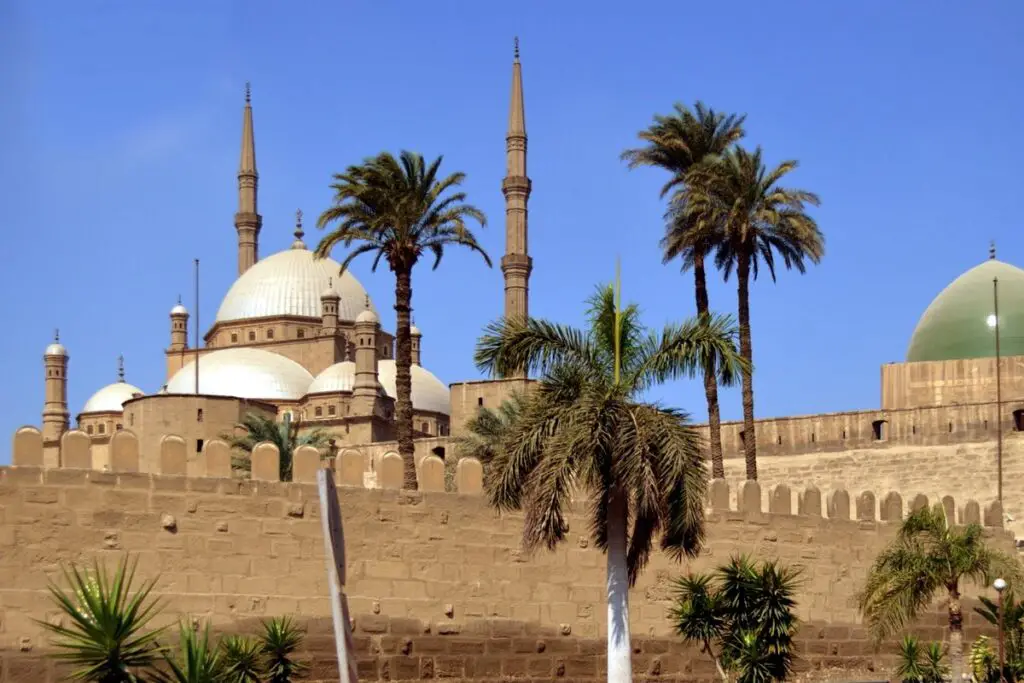
The Citadel is an architectural masterpiece that blends military fortifications with elegant Islamic design elements. The complex encompasses several structures, including mosques, palaces, and museums, within its fortified walls. The prominent feature of the Citadel is the striking Mosque of Muhammad Ali, also known as the Alabaster Mosque, which stands as one of Cairo’s most iconic landmarks.
Mosque of Muhammad Ali: The Mosque of Muhammad Ali is the centerpiece of the Cairo Citadel. Built in the early 19th century, it is dedicated to Muhammad Ali Pasha, the ruler of Egypt at the time. The mosque’s design is influenced by Ottoman architecture, with its imposing domes, minarets, and intricately decorated interiors. Visitors can explore the mosque’s spacious courtyards, elegant prayer halls, and enjoy panoramic views of Cairo from its elevated location.
Within the Citadel complex, there is a Military Museum that showcases Egypt’s military history. The museum displays a collection of weapons, armor, and artifacts from different periods, highlighting the military achievements of Egypt throughout history.
One of the highlights of visiting the Cairo Citadel is the breathtaking panoramic views it offers. From the elevated position of the fortress, visitors can enjoy sweeping vistas of Cairo’s skyline, including views of the Nile River, the sprawling cityscape, and prominent landmarks like the Giza Pyramids on the outskirts of Cairo.
Khan El Khalili Bazaar

Khan El Khalili is renowned for its bustling and vibrant atmosphere. As you step into the bazaar, you will find narrow alleyways filled with shops, stalls, and street vendors selling a wide variety of goods. The market is alive with the sights, sounds, and scents of Cairo, creating a unique and immersive experience for visitors.
The bazaar offers a treasure trove of traditional crafts, exquisite jewelry, textiles, spices, and souvenirs. You can find intricately designed copper and brassware, beautifully woven carpets and textiles, handcrafted wooden goods, and a wide range of traditional Egyptian souvenirs. It’s a perfect place to shop for unique gifts, keepsakes, and authentic Egyptian products.
In addition to shopping, Khan El Khalili is known for its diverse range of traditional eateries and street food stalls. Visitors can sample delicious Egyptian cuisine, including traditional dishes like falafel, koshari (a popular Egyptian street food), kebabs, and refreshing drinks like freshly squeezed juices and traditional tea.
While exploring Khan El Khalili, you’ll come across several historic landmarks. The market is located near the historic Al-Hussein Mosque, which attracts worshippers and visitors alike. You can also visit the unique and picturesque Al-Fishawi Café, one of the oldest and most famous coffee houses in Cairo, which has been frequented by writers, artists, and intellectuals throughout history.
Nile River
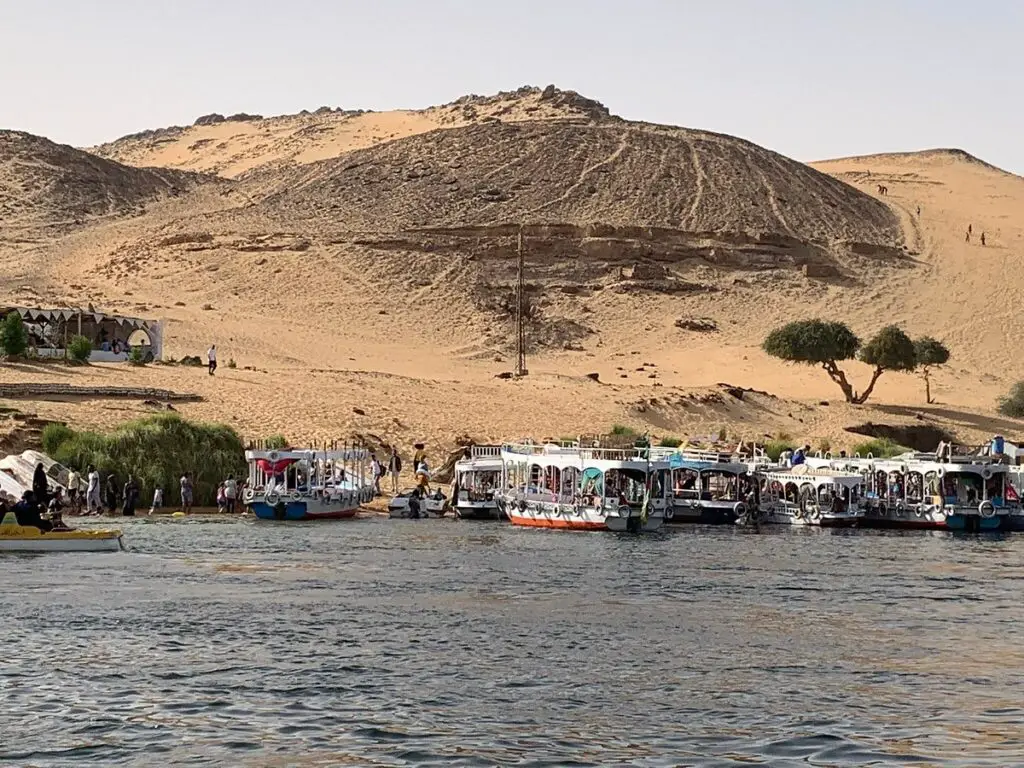
The Nile River has played a crucial role in the development of ancient civilizations, particularly in Egypt. The river was the lifeblood of the ancient Egyptian civilization, providing fertile soil for agriculture, transportation, and a source of water for various activities. It was considered sacred and worshipped as a deity by the ancient Egyptians.
The Nile Delta, located in northern Egypt, is the region where the Nile River empties into the Mediterranean Sea. It is a fertile and densely populated area, known for its agricultural productivity and the rich history of ancient cities like Alexandria.
The Nile River is a popular destination for river cruises, particularly in Egypt. Travelers can embark on a journey along the Nile, enjoying breathtaking views of the riverbanks, passing by ancient temples, and experiencing the charm of traditional Egyptian life. Cruises often include stops at iconic sites such as Luxor, Aswan, and Abu Simbel.
The Nile River supports a diverse ecosystem and is home to a wide variety of wildlife. Along its course, you can find numerous species of fish, reptiles, and birds. The riverbanks and adjacent wetlands provide habitats for animals such as hippos, crocodiles, and various bird species, making it an attractive destination for nature enthusiasts and birdwatchers.
The Nile River continues to play a vital role in the economies of the countries it flows through. It supports agricultural activities, providing water for irrigation and enabling the cultivation of crops. The river also supports fishing industries, hydroelectric power generation, and transportation, facilitating trade and commerce in the region.
Al-Azhar Park
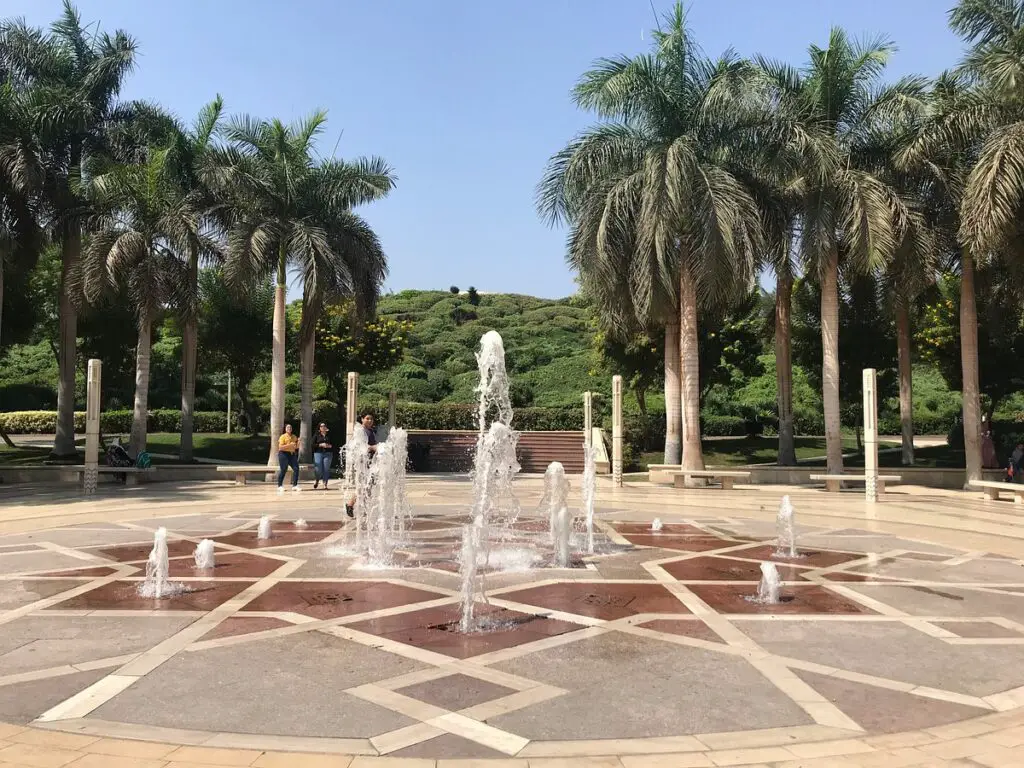
The park is situated in the historic district of Islamic Cairo, near the Al-Azhar Mosque and the Salah ad-Din Citadel. Its central location makes it easily accessible for both locals and tourists.
Al-Azhar Park is known for its beautifully landscaped gardens, stunning vistas, and thoughtful design. The park covers an area of approximately 30 hectares (74 acres) and features terraced gardens, tree-lined pathways, tranquil lakes, and manicured lawns. It offers a peaceful oasis amidst the hustle and bustle of Cairo.
Within the park, there are several architectural highlights that showcase Islamic and Mamluk design elements. The main entrance of the park features a grand gate inspired by the gates of historic Cairo. There are also several pavilions and buildings designed in traditional architectural styles, serving as venues for events and cultural activities.
Al-Azhar Park is a hub for cultural activities, hosting regular events such as live music performances, art exhibitions, and festivals. These events promote Egyptian culture and arts, creating a vibrant and engaging atmosphere for visitors.
Al-Muizz Street
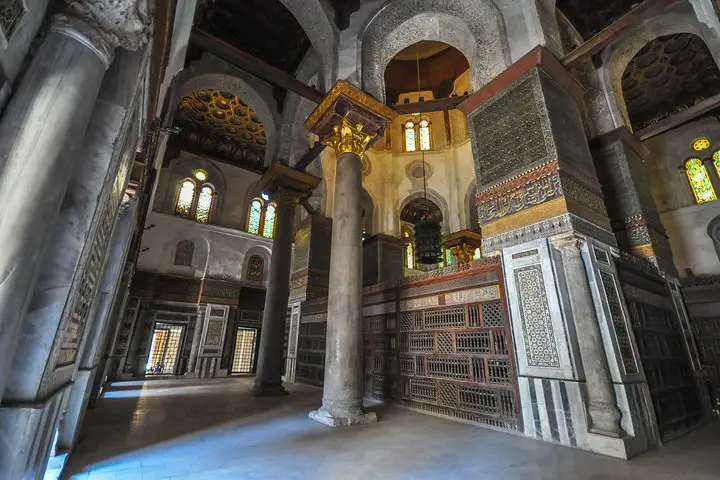
Al-Muizz Street is considered one of the oldest streets in Cairo, with a history that dates back over a thousand years. It was originally constructed during the Fatimid dynasty in the 10th century and has since witnessed the rise and fall of various Islamic dynasties.
The street is renowned for its remarkable collection of historic buildings and architectural treasures. As you walk along Al-Muizz Street, you will encounter magnificent mosques, madrasas (religious schools), palaces, mausoleums, and residential houses. The architectural styles represent different periods, including Fatimid, Ayyubid, Mamluk, and Ottoman.
Al-Muizz Street is lined with numerous landmarks and highlights that showcase the rich heritage of Islamic Cairo. Some notable attractions include the Al-Hakim Mosque, Al-Azhar Mosque and University, Sultan Qalawun Complex, Bayt al-Suhaymi, and Al-Ghuri Complex. These architectural wonders not only exemplify the intricate craftsmanship and design of their respective periods but also provide insights into the religious, cultural, and social life of the times.
Al-Muizz Street is often referred to as an open-air museum due to its rich concentration of historic buildings. It offers a unique opportunity for visitors to explore and appreciate the architectural splendor and cultural significance of Islamic Cairo. The street has been recognized as a UNESCO World Heritage Site, highlighting its importance in preserving Egypt’s cultural heritage.
Cairo Opera House
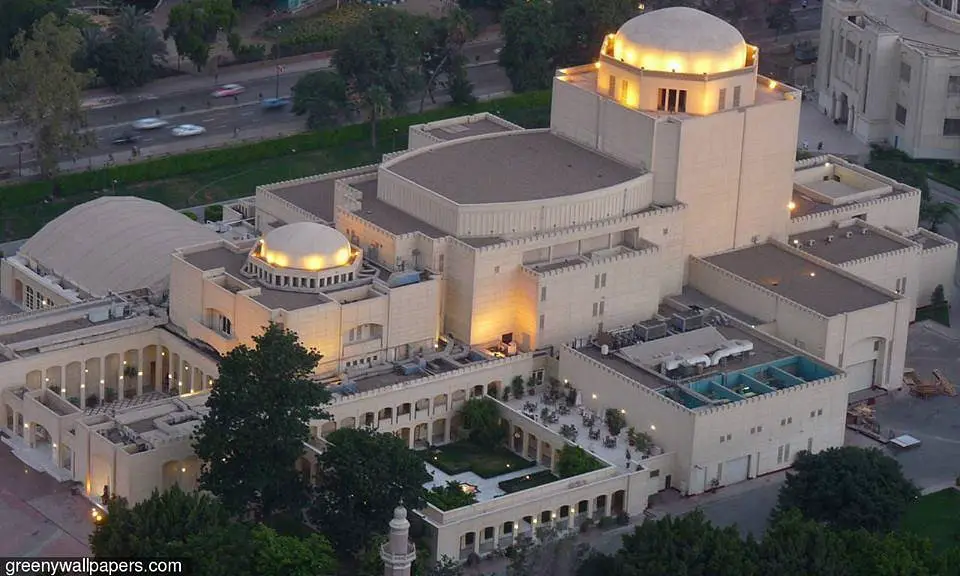
The Cairo Opera House is renowned for its impressive architectural design, blending modern and traditional elements. The main opera house building features a grand facade adorned with large columns, arches, and decorative motifs inspired by Pharaonic and Islamic architecture. The interior spaces are designed to accommodate different types of performances and events.
The complex houses several performance venues, including the Main Hall, the Small Hall, and the Open-Air Theater. The Main Hall is the largest theater in the opera house and hosts major opera productions, symphony concerts, and ballet performances. The Small Hall is a more intimate space used for chamber music concerts, recitals, and smaller-scale productions. The Open-Air Theater is an outdoor venue that hosts concerts and performances during the summer season.
The Cairo Opera House offers a diverse range of artistic programs throughout the year. These include opera productions, symphony orchestra concerts, ballet performances, theater productions, chamber music concerts, recitals, and exhibitions. The programs feature both local and international artists, showcasing a wide spectrum of artistic expressions.
The Cairo Opera House is home to the renowned Egyptian Opera Company, which performs a repertoire of classic and contemporary operas. The company has garnered international recognition for its productions and has collaborated with esteemed artists and directors from around the world.

